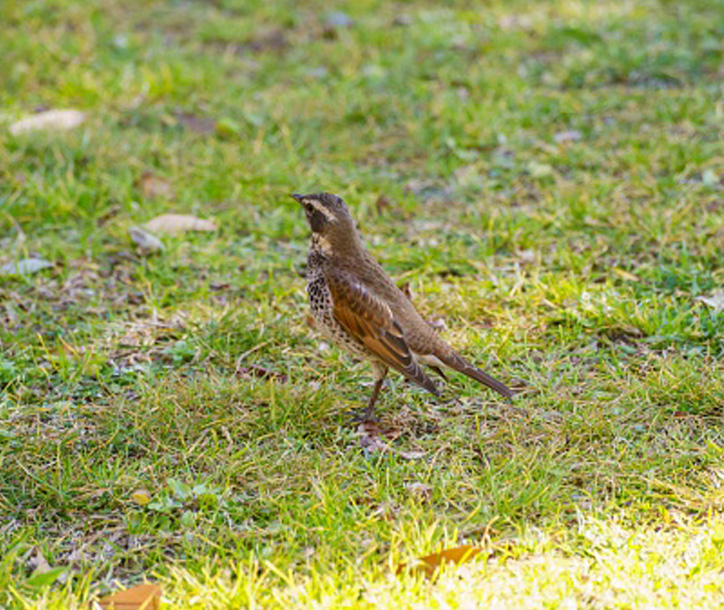
Snow Mold Season Is Here
Snow mold is an unsightly fungus that affects your grass, typically in late winter or early spring, as the snow starts melting. It best develops under certain conditions, when there is a covering of snow early in the winter that doesn’t let your ground freeze. The fungus is able to develop when the ground is above freezing temperatures. The fungal growth is dormant in the summer and can live in hot temperatures in plant debris, meaning that it can come back year after year. You will see snow mold in the spring, after the snow melts.
What Does Snow Mold Look Like?
Snow mold is distinctive. It looks like circular, straw-colored patches in your grass and will start covering more and more of your lawn if the weather remains wet and cold during the spring. There are two different kinds of snow mold, pink and gray, with each caused by a different fungus. It will look brown to tan with either a gray or pink tint. In a normal winter, these patches usually damage only the leaf tissue of the grass plant and the grass usually recovers after the first few mowings . However, in some areas, permanent damage may occur.
. However, in some areas, permanent damage may occur.
These are several steps you can take to help your grass recover more quickly. Lightly raking the matted patches of grass will improve air circulation and aid recovery. Applying a fertilizer and crabgrass barrier will also help turf recover. If you have bare patches, then you should apply seed, but not until April, since seeding and crabgrass control shouldn’t be done at the same time.
How Can I Prevent Snow Mold?
You can prevent snow mold long before winter begins. A maintenance plan for your lawn will include custom fertilization to help fend off diseases and fungi.
You should make sure that the ground is ready for snow. Mow your lawn through the end of the fall so that it doesn’t continue to grow, making it an easy target for snow mold. If your yard has too much thatch, it should be cleared. If you or your neighbors have trees, pick up all fallen leaves before it begins to snow to eliminate a wet, not-quite-frozen ground. Additionally, fall core aeration will help to reduce the thatch that the fungus can live in.
If you are seeing patches of snow mold in your yard, or have noticed other lawn diseases, give Superior Lawn Care a call. We serve the entire southwestern PA region, including Indiana, Cranberry, Wexford, Moon Township, North Huntingdon, and Penn Township.

